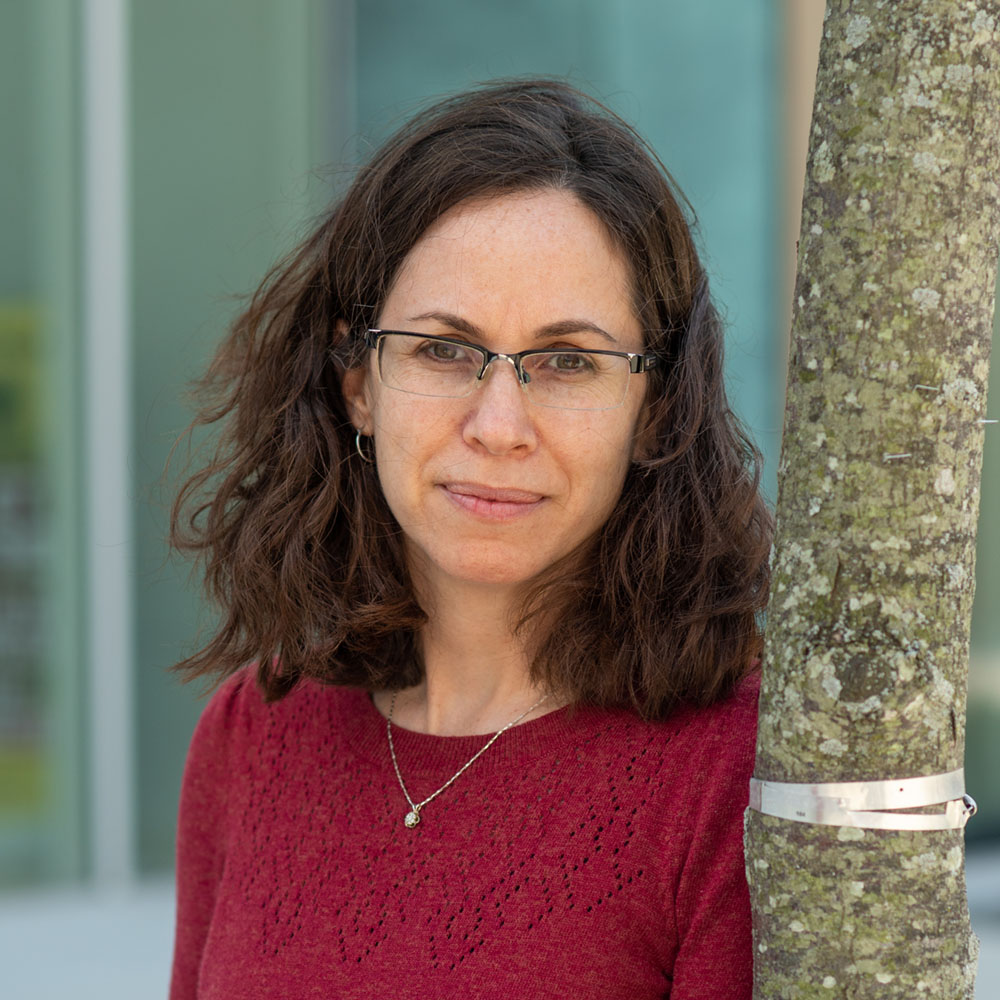

We all know that forests are good for the environment. But researchers are learning more about how efficiently they store carbon dioxide. In fact, about 30% of carbon emissions from burning fossil fuels are taken in by forests. “That’s CO2 that’s not in the atmosphere,” says Boston University biogeochemist and ecologist Lucy Hutyra. “These forests are doing an incredible service to our planet.”
For more than a decade, Hutyra has investigated what happens to the planet’s “lungs” when large forests are cut into smaller patches to make way for roads, buildings, agriculture, and solar farms. These alterations create areas called forest edges—literally, the trees at the outermost edge of a forest.
It has long been assumed that forest edges store and let out carbon at rates similar to forest interiors, but Hutyra and researchers in her lab discovered that this isn’t true—they stockpile and release at greater rates. And by teaming up with BU biologist Pamela Templer, they also found that soils in urban areas hoard more carbon dioxide than previously thought. Their findings were published in two separate journals, Nature Communications and Global Change Biology.
Their results augment current thinking about conservation and the value of urban forests for renewal as well as recreation. But it’s not all good news. Previous studies have shown that even though edge trees grow faster with greater access to sunlight, higher temperatures limit their growth.
“We are underestimating how much carbon is being taken up by temperate forest edges,” Hutyra says. “We also need to think about how susceptible they might be in the future to climate change.”